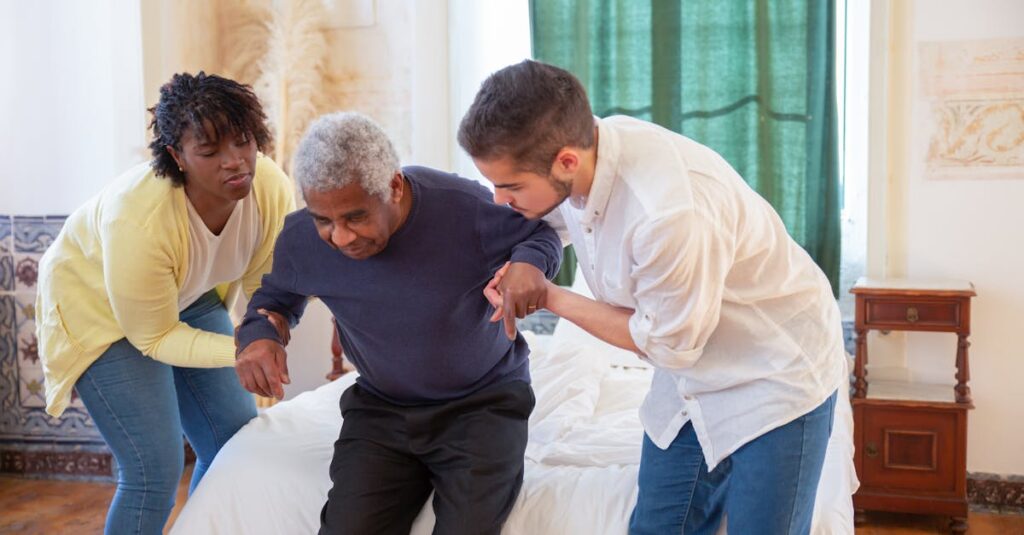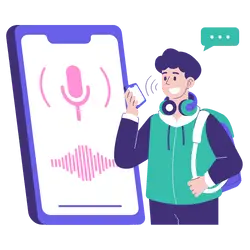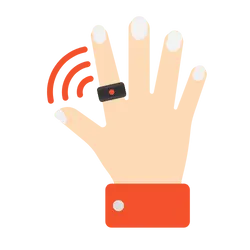Introduction
Imagine a world where the elderly don’t have to worry about remembering to take their medications, where their health is constantly monitored, and help is always just a click away. This is not some far-off vision of the future; it’s happening now, thanks to the Internet of Things (IoT). IoT, which connects devices through the internet, is revolutionizing senior health care, making it more efficient, personalized, and, most importantly, safe.
The Promise of IoT in Senior Care
The elderly face unique challenges when it comes to health care: limited mobility, chronic conditions, and the need for constant monitoring. It’s no wonder that IoT is such a game-changer. By integrating IoT devices into daily life, seniors can get real-time feedback about their health, while caregivers and family members can track vital information from afar. And it doesn’t just stop at monitoring, IoT is creating a new level of independence and security for seniors, which is something we all want for our loved ones.
1. Remote Monitoring: Keeping an Eye on Health from Anywhere
One of the most exciting aspects of IoT in senior health care is remote monitoring. For many seniors, going to the doctor regularly can be a burden, whether it’s due to mobility issues or simply the hassle of scheduling and commuting. With IoT, doctors can monitor patients from the comfort of their homes using wearables like smartwatches, heart rate monitors, or blood glucose sensors. This means fewer trips to the doctor, but still a level of care that ensures safety and peace of mind.
For instance, imagine a senior named Doris, who has diabetes. She wears a smart glucose monitor that sends her blood sugar levels directly to her healthcare provider. If anything goes wrong, her doctor is alerted and can provide timely advice or treatment. The best part? Doris doesn’t have to leave her house to get this kind of attention. Her health is being watched over, even when she’s watching TV in her living room.
2. Smart Home Devices: Making Daily Life Easier
IoT extends beyond health monitoring into everyday life. Smart home devices, like voice assistants, connected thermostats, and fall detection sensors, are becoming essential tools in senior living. These devices can make seniors feel more in control of their environment, while also providing extra layers of protection.
Take, for example, John, a retired teacher who’s in his late 70s. He has a fall detection system that’s built into his wearable device. One evening, he trips while walking in his living room. Before he even realizes it, the system automatically alerts his daughter, who gets a notification on her phone. Thanks to IoT, John’s fall is detected immediately, and help is on the way. John doesn’t even need to worry about pressing an emergency button, IoT does it for him.
3. Medication Management: No More Missed Doses
For seniors with chronic conditions, managing medications can be tricky. Forgetting doses or taking the wrong medication can lead to serious health risks. IoT is here to solve that problem with smart pill dispensers and medication reminders.
Let’s consider Emma, who has a complex medication regimen for hypertension and arthritis. She uses an IoT-enabled pill dispenser that automatically dispenses the right medication at the right time. If Emma forgets, a friendly reminder buzzes on her phone, and her caregiver can also see when she last took her meds. This kind of oversight isn’t just a convenience; it’s a way to ensure that seniors are taking their medications safely and consistently, without feeling like they’re being monitored 24/7.
4. Social Connectivity: Reducing Loneliness with IoT
Loneliness is a growing problem for seniors, especially those living alone or in long-term care facilities. Social isolation has been linked to serious health risks, including depression and cognitive decline. IoT is stepping in to help by fostering greater social connectivity through technology.
Many seniors are now using video calling tools like Skype or FaceTime, but IoT takes it a step further by integrating social features into other devices. For example, a digital photo frame can display messages from family members, or a voice assistant can help seniors connect to a loved one with just a simple voice command. These small yet significant interactions help combat loneliness and keep seniors emotionally connected to their families and communities, even if they’re far away.
Challenges and Considerations
While the benefits of IoT in senior health care are clear, it’s important to acknowledge that there are challenges too. Not all seniors are tech-savvy, and some may find it overwhelming to use the latest gadgets. It’s essential to consider ease of use and accessibility when designing IoT solutions. Additionally, privacy and security concerns must be addressed, as these devices often collect sensitive health data.
Still, these hurdles are not insurmountable. With thoughtful design and education, IoT devices can be made accessible to seniors of all technical backgrounds. And with robust cybersecurity measures, the risks associated with data breaches can be minimized, allowing seniors to reap the benefits without worrying about their privacy.
Conclusion: A New Era of Health Care for Seniors
The Internet of Things is reshaping senior health care in exciting and meaningful ways. From remote monitoring to smart home devices, IoT is empowering seniors to live more independently, while also offering greater peace of mind to their families and caregivers. It’s not about replacing human care, but about augmenting it with technology that makes life easier, safer, and more connected. As IoT continues to evolve, we can expect even more innovative solutions to emerge, offering seniors a higher quality of life and more control over their health.
So, whether you’re a senior looking for a little extra help or a caregiver trying to keep track of multiple health needs, embracing IoT could be your first step toward a more connected and secure future.



